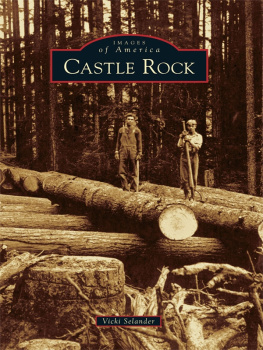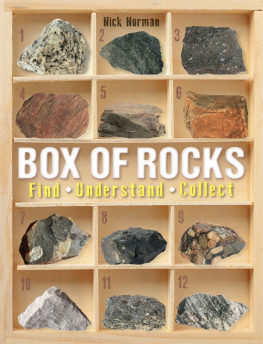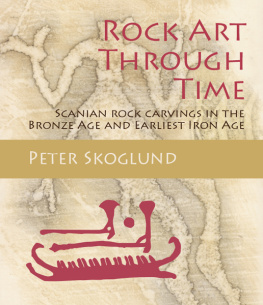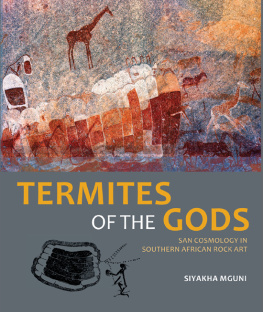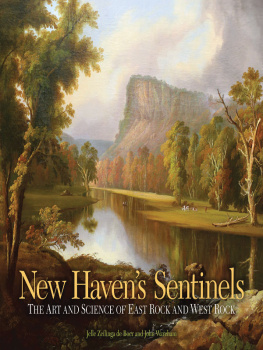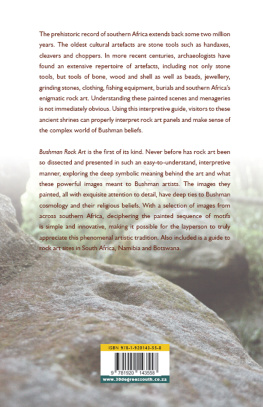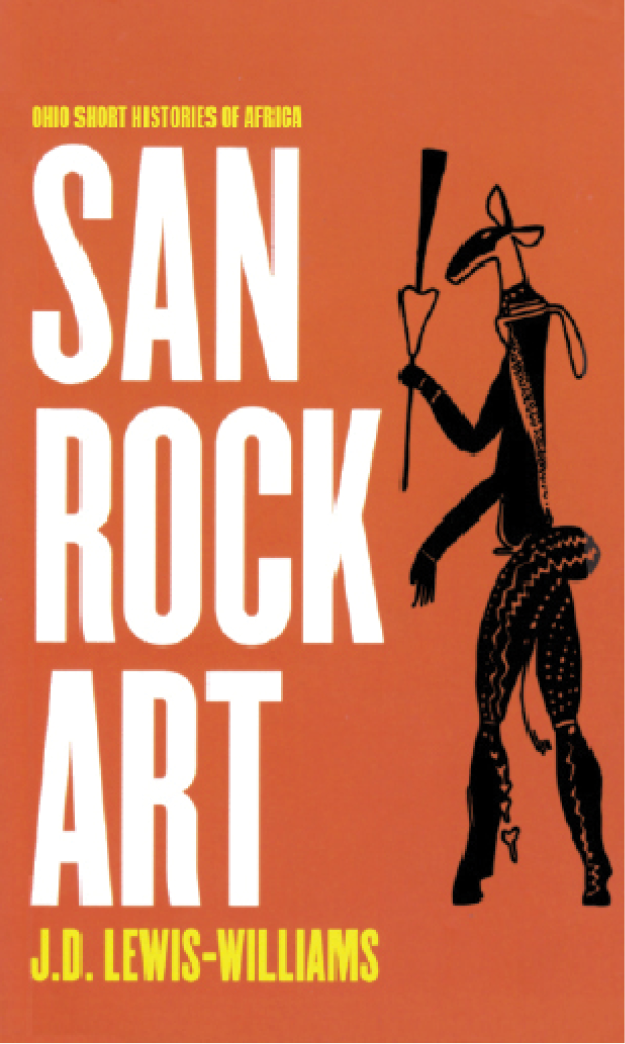
San Rock Art
J.D. Lewis-Williams
Ohio University Press
Athens
Contents
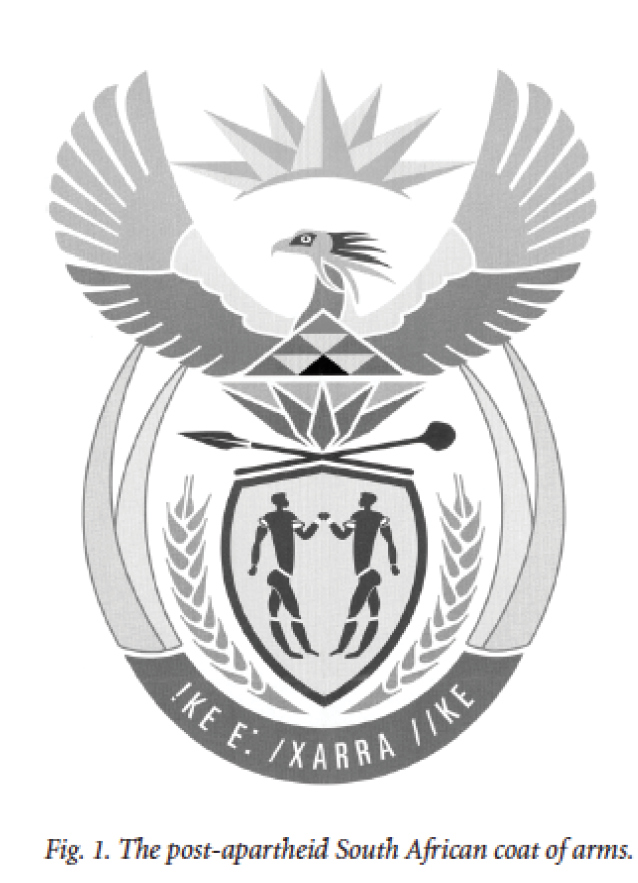
An ancient tradition in todays South Africa
Many South Africans are unaware that the central image in their countrys coat of arms derives from a San rock painting (Fig. 1). In 1994 South Africa moved out of the dark decades of apartheid and set out on a new democratic path. It was a time of renewal, and new symbols of unity had to be found. In due course, on 27 April 2000 President Thabo Mbeki unveiled a new national coat of arms. He and the government had decided that it would be appropriate to incorporate a San rock painting in the new design. They therefore approached the Rock Art Research Institute at the University of the Witwatersrand for suggestions, and then chose one image from the range that was submitted to them. As it now stands in the coat of arms, the selected rock painting seems to show two men facing one another with their arms raised in greeting. The President explained that the people who made the original rock painting were the very first inhabitants of our land, the Khoisan people.
There is a story behind this image. In 1916 Dr Louis Peringuey, Director of the South African Museum in Cape Town, received a letter from Mr G.S.T. Mandy, a field assistant in the Provincial Roads Department. It informed him of the possibility of removing really magnificent rock paintings from a remote rock shelter on the farm Linton in the Maclear district of what is now the Eastern Cape. Much correspondence followed in which Mandy described the tragic destruction of other valuable paintings and the growing threat to the panel in question. He told Peringuey that the cost of removal would be about 30 (a fair sum in those days) but that he considered the paintings will be worth any money if successfully removed. Peringuey agreed. Both he and Mandy were determined to save the paintings, and work on their removal started in July 1917.
This proved a very difficult and time-consuming task because, as Mandy put it, the paintings had to be carved out of the solid rock and in most awkward positions. A stonemason and a blacksmith were employed to undertake the work. At last, on 25 May 1918, Mandy sent a telegram to Peringuey announcing the successful removal of the very heavy 2 m x 0.75 m rock slab. Then they faced the task of getting the slab to Cape Town without damaging it. A track had to be built up on the slopes of the narrow valley in which the rock shelter is situated, and the stone was dragged to the top of the mountain on a sled. There it was transferred to an oxwagon and transported many kilometres over tortuous mountain roads to the railhead at Maclear. It finally arrived at the museum later that year. Delighted though they were, neither the Roads Department assistant nor the museum director could have had any idea of the far-reaching final outcome of their endeavours and of the role that the removed rock would play in the construction of a new national identity some 80 years later.
Today, next to nothing remains in the rather damp rock shelter from which the slab was removed. The paintings that Mandy had to leave behind have mostly weathered away. Moreover, to extract the panel by laboriously chiselling into the rock behind it, about 1.5 m of the rock face had to be destroyed on each side. Painted remnants remaining beyond the destroyed area suggest that the parts chiselled away were as densely painted with images as is the preserved portion. Although we may lament the loss of so many paintings that the removal of this one panel entailed, we can nevertheless be grateful that this key cornucopia of San imagery and belief is now safe from further damage. Had Mandy not been alert to the value of the paintings, and then successful in removing the slab, the stunning images on it would have been lost forever. A sobering thought is that many of the hundreds of poorly preserved panels throughout southern Africa were probably once as complexly painted as what is today known as the Linton panel.
This piece of rock is undoubtedly a major treasure of the Iziko South African Museum (Fig. 2). But it is more than that. It is one of the greatest rock art panels in any museum anywhere in the world. That is a bold statement, but its excellent preservation, astonishing detail and the light its study throws on San rock art in general assure its primacy. The painted images, so baffling in their complexity and, in many instances, strangeness, lead us, as we shall see in subsequent chapters, into the heart of San rock art. This single piece of rock is a source of knowledge and insight to which researchers can return again and again as it slowly reveals its secrets.
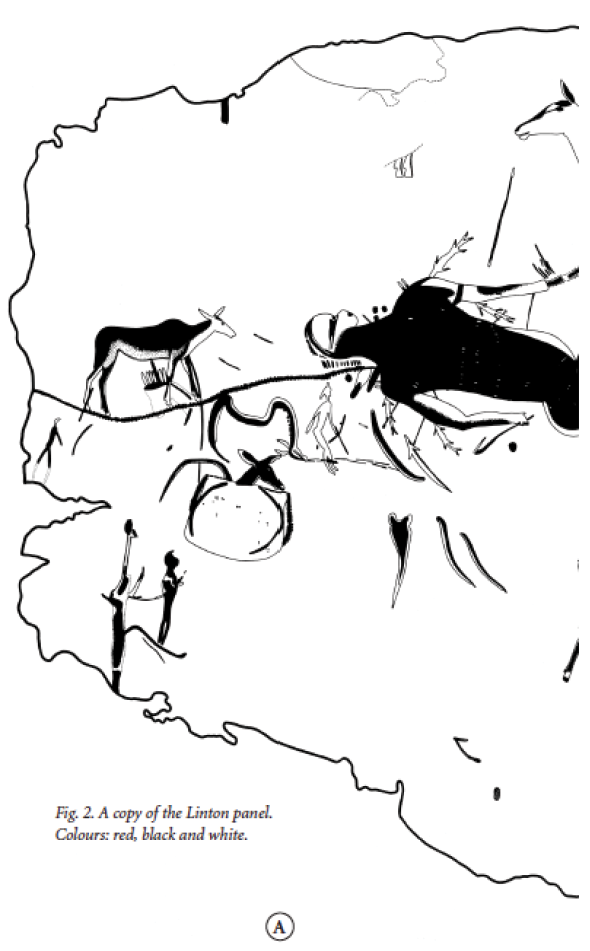
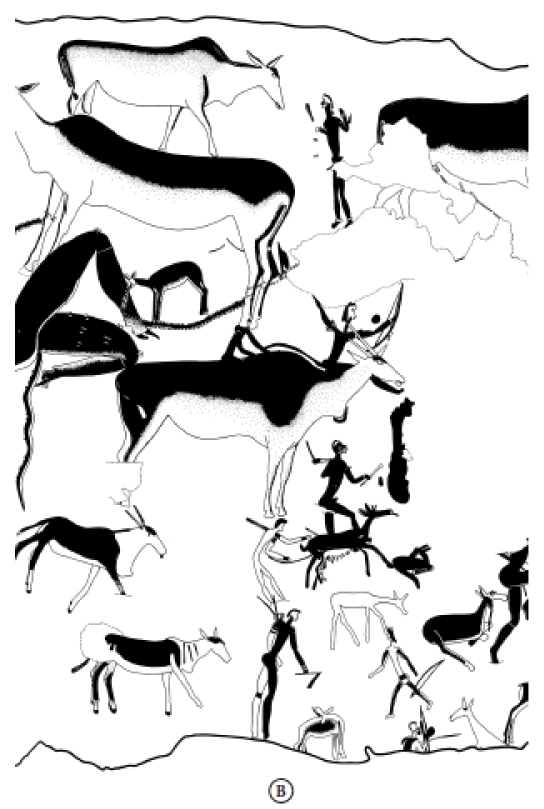
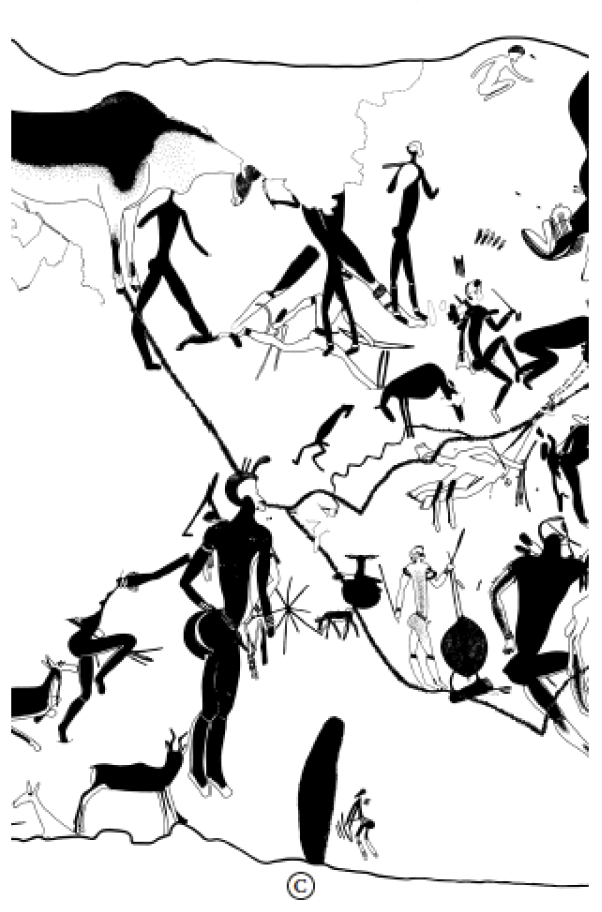
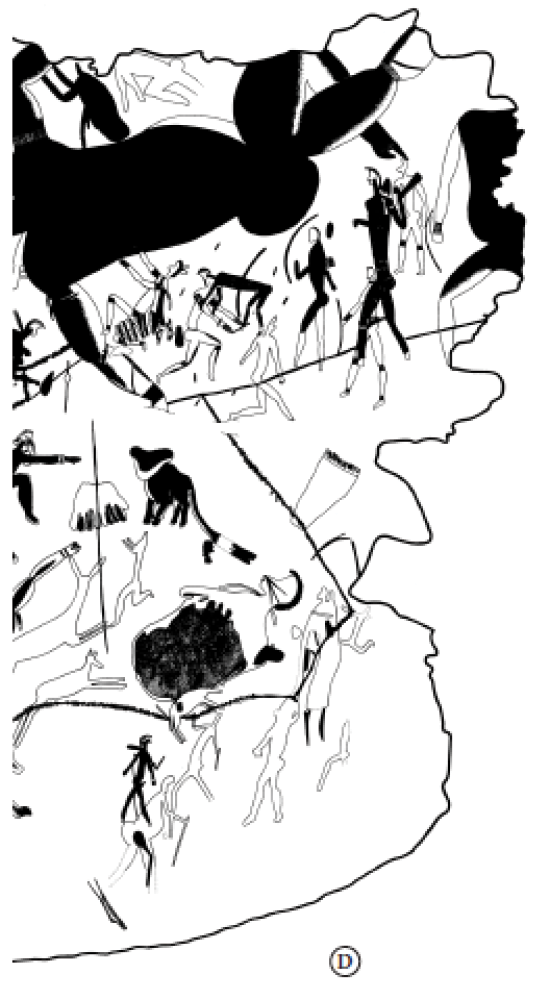
By contrast, many rock art panels are comparatively simple. They may have only a few isolated images of animals. It is hard to say much about these simple panels beyond generalities. But some panels, like the Linton one, are crowded with complex and sometimes unique images. These panels hold more information than the simple ones and are consequently more rewarding for those who would decode the messages of San rock art, as we try to do in this pocket guide. This is not to say that panels with only a few apparently straightforward images are trite. On the contrary, much information is squeezed into simple images, information that is explicated in the complex panoramas of images. In Christian art, a single carved cross, for instance, implies a vast amount of information about God, the person of Christ, the Resurrection and so forth, whereas a painting of the Crucifixion with all the surrounding people and suggestions of divine intervention may make much of this information explicit.
The image selected for the coat of arms is a male human figure (Fig. 3). It holds an unusually large bow in one hand and a stick or spear in the other it is not, as the coat of arms has it, a pair of facing men. Further, the original painted figure has red lines radiating from its nose and passing across its face; a leather bag filled with arrows lies at its feet. Most enigmatic is the curious narrow red line fringed with meticulous white dots on which the figure appears to stand. On either side of the standing man, the line leads on to other images of different kinds. (Fig. 2C).
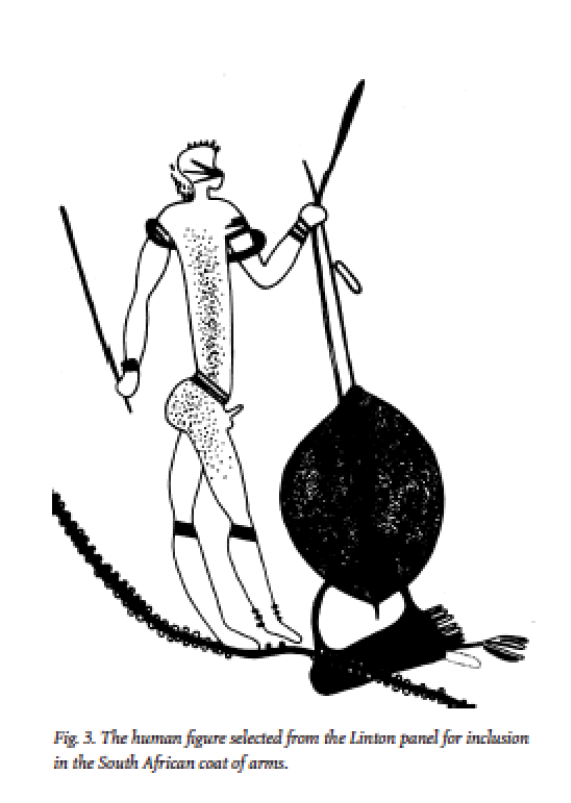
The heraldry experts who oversaw the final design of the coat of arms made some significant changes. Principally, they duplicated and reversed the figure to give the impression of two men greeting one another. In addition, they omitted the facial lines, the arrow bag, the red line with white dots and, presumably in the interests of propriety, the figures penis. President Mbeki summed up the significance of the resulting dual image in the new South Africa: It pays tribute to our land and our continent as the cradle of humanity, as the place where human life first began.
Next page


